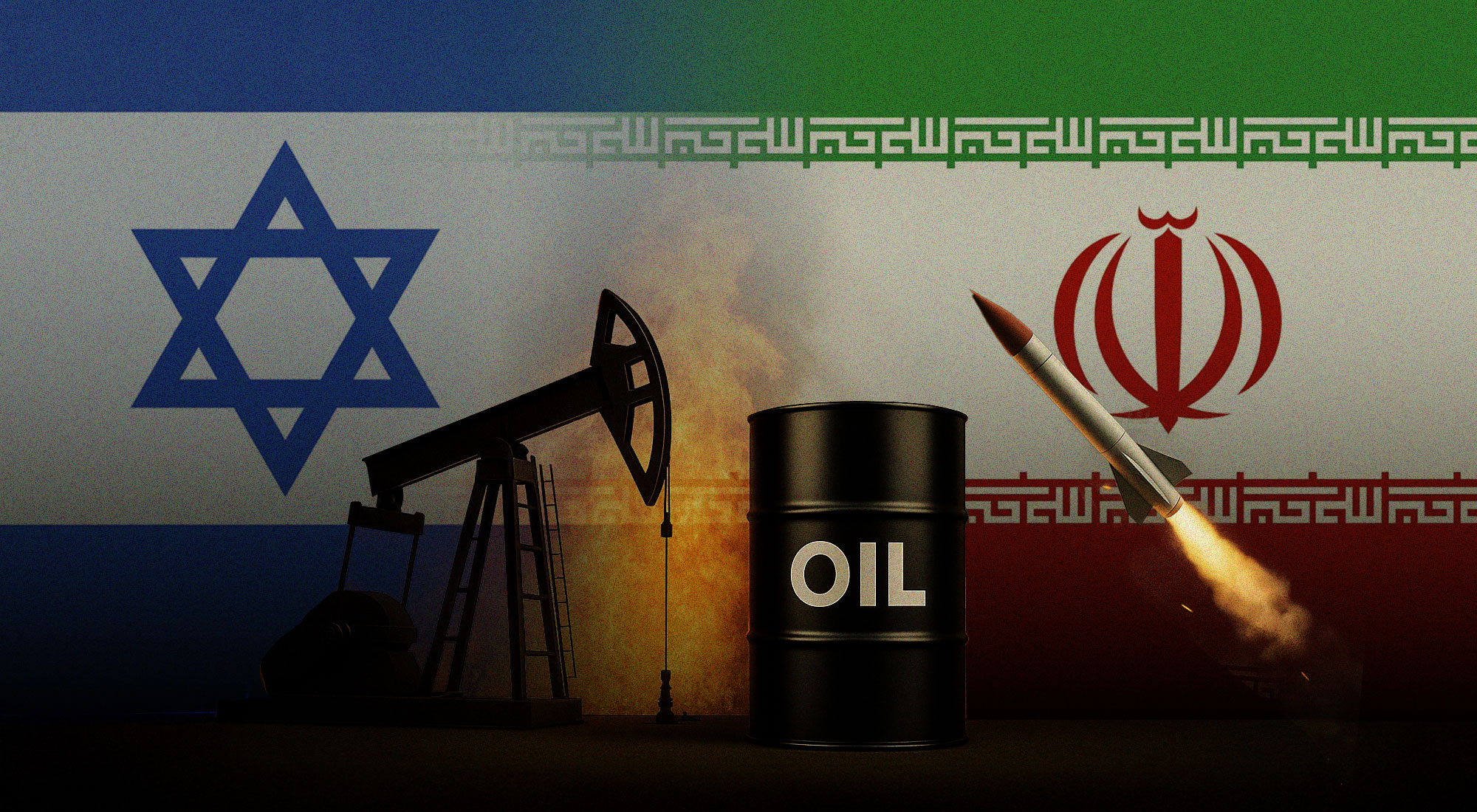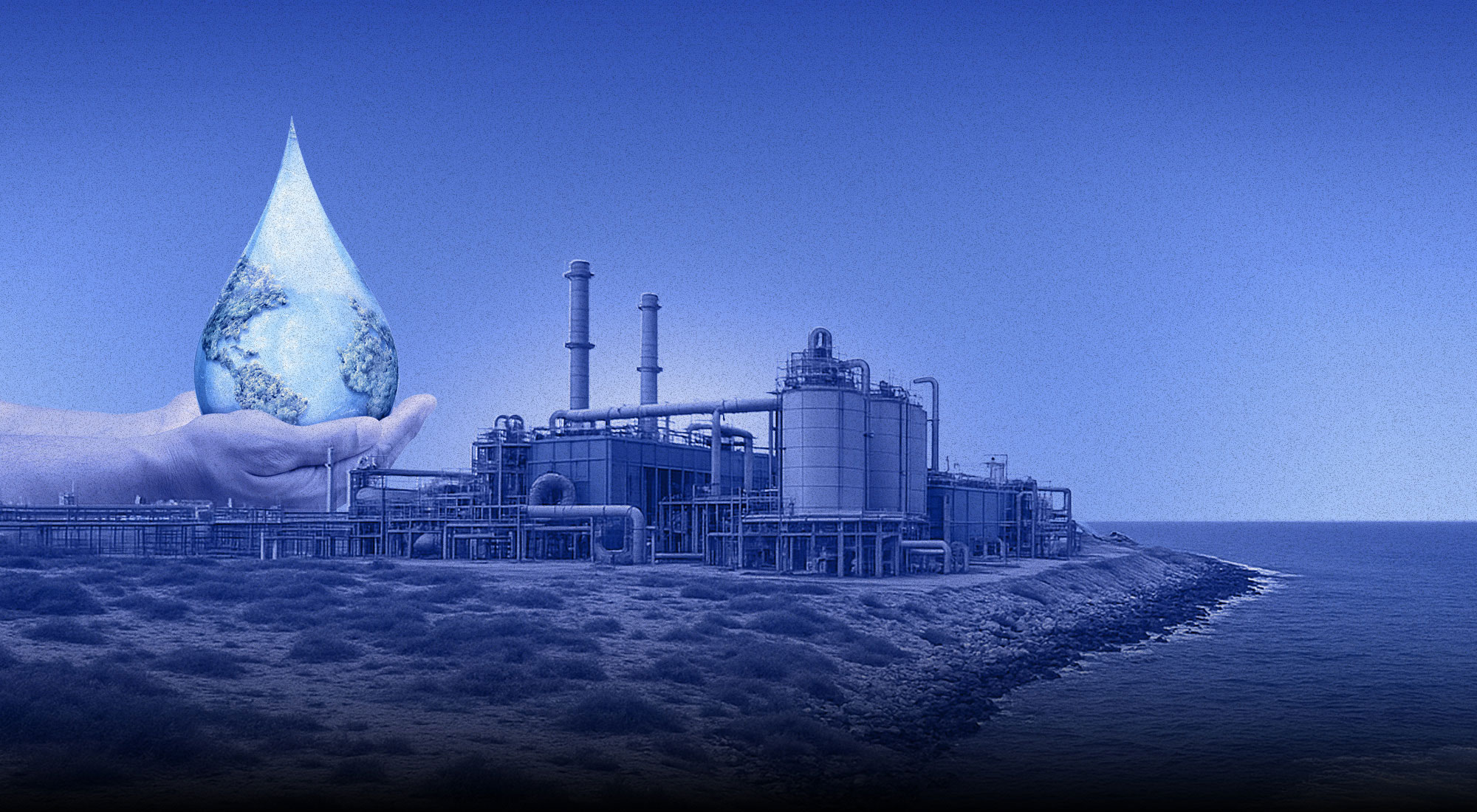The access to energy resources has long been an unquestionable driver for the foreign policy conduct of states, and given the growing energy demand worldwide, this tendency is highly unlikely to come to an end in the near future. Of course, states are equipped with energy resources to a widely varying degree, and this factor primarily determines to what extent they can secure their own energy needs or contribute to others’ energy security by selling them oil, natural gas, etc. At the same time, it should be underlined that a major question lies not only in the sole fact, whether a state possesses significant reserves of a certain energy resource, but also in the fact if it is able to deal with it as a geo-economic asset, and thus to turn it successfully into a source of income and state power at the same time.
Given its favourable geostrategic meaning for the state, being or becoming an energy hub is an increasingly sought after role in contemporary international relations. Similarly, to the particular energy resources, the channels and hubs they are traded through are also getting more and more important and becoming thus more politicised. Considering its potential for becoming a major gas hub, Egypt deserves special attention. In the past couple of years, news has been intensively circulating about natural gas related developments in Egypt, especially about the discovery of the major subsea field named ‘Zohr’, and about the country’s prospects to become a regional gas hub in the Eastern Mediterranean. Following the years of the Egyptian gas sector’s nosedive, today a more positive environment fuels hopes for Egypt’s rise as a gas hub. However, it should be added that the country’s natural gas sector is in transition, and faces manifold challenges associated with it. In order to shed light on the chances of Egypt becoming a regional gas hub, firstly, it is necessary to highlight some general characteristics of the country’s gas sector.
In the case of Egypt, it is important to see that it has to supply a vast domestic market. The country’s population is increasing rapidly, which further fuels energy demand. In 2007 the country’s population reached 79 million, while a decade later it already exceeded 97 million. If the current fertility rate of 3.47 does not change, by 2030 the country’s population will reach 128 million. This situation will certainly bring about new challenges in the energy sector, too. Given the fact that 62% of the total natural gas consumption goes into electricity generation, and the projected population growth would lead to a considerable increase in electricity demand, the power sector will need more gas in the future if it is not substituted by alternative energy resources.
| 1999 | 2002 | 2005 | 2008 | 2011 | 2014 | 2017 | |
| Proven Reserves (bn standard m³) | 1 223 | 1 657 | 1 920 | 2 170 | 2 190 | 2 186 | 2 221 |
| Production (mn standard m³) | 16 800 | 27 300 | 42 500 | 58 970 | 61 260 | 48 790 | 51 906 |
| Export (mn standard m³) | 0 | 0 | 8 290 | 16 920 | 10 516 | 720 | 700 |
| Import (mn standard m³) | 0 | 0 | 0 | 0 | 0 | 0 | 8 001 |
| Demand (mn standard m³) | 16 800 | 27 300 | 34 210 | 42 050 | 50 744 | 48 080 | 58 742 |
Key Data for Egypt’s Natural Gas Sector[1]
In 2015, natural gas covered 46.2% of the country’s primary energy supply, being almost of the same relevance as oil, which was the main source of primary energy supply with 49.5%. According to the data published in OPEC’s Annual Statistical Bulletin, the country’s natural gas production had gradually been growing from the mid-sixties until a cut-off point: it reached its record high with 62.7 bcm in 2009, and starting from this point production has relapsed, and dropped to 42.1 bcm in 2016.[2] Since then, gas production has been set back on growth track, but still a wide range of difficulties lay a heavy burden on the gas sector of the country, the elimination of which is aimed by the government. To this end, a new gas regulation law was issued in 2017, which can be considered as a major step for the inevitable modernization and restructuring of the Egyptian gas market and its regulation.
At the same time, it is also important to see that reforming such a huge market is not an overnight process, and the liberalisation process will certainly take a longer period. It should be added that in the past decade, the political tensions that arose in the wake of the Arab upheavals have also had a negative impact on the management of the country’s energy sector, as uncertainties delayed the necessary reforms. Despite possessing the third largest proven natural gas reserves on the African continent after Nigeria and Algeria, the past management practice of Egypt’s gas wealth leaves much to be desired, as it could not sustain self-sufficiency. One of the major systemic defects of the Egyptian gas market, like in many other Middle Eastern countries, used to be the high level of state subsidies on gas prices, which have provided cheap access to gas for decades and led to a sharp increase in consumption. According to data provided by The World Bank Group, before the reforms, in 2013 fossil fuel subsidies equalled to 7% of the GDP and energy subsidies amounted to 22% of Egypt’s national budget expenditure, which gives an idea about the financial burden of the long-standing pricing practice. At such conditions the shrinking production had no chance to keep pace with the dynamically growing demand. The government-initiated reforms have already commenced for the removal of these subsidies, and this was an unavoidable step for successful reforms. Given the declining gas production from 2009 onwards, meeting domestic gas demand has become the main energy security concern for the country. During this period, supply problems have become steady and power outages have also occurred frequently in Egypt. All these factors have led Egypt to become a net importer of gas in 2015, despite the fact that it used to be the third largest gas exporter country in the whole MENA region after Qatar and Algeria. From 2003 onwards, Egypt had exported its natural gas through the Arab Gas Pipeline to a number of Middle Eastern countries and starting from 2009, in form of LNG, to a wide range of European and Asian countries. Its total gas export reached 18.3 bcm level in 2009, putting it in the same league of exporters with Nigeria or Turkmenistan.[3]
The above observations about Egypt’s recent natural gas realities sought to put the country’s gas hub aspirations in a broader context. In the light of the aforementioned, some ideas are gathered below in order to highlight the most important factors that should be considered, when it comes to assessing Egypt’s chances of becoming a gas hub.
- Domestic factors. First of all, it is imperative that Egypt needs to consolidate its domestic gas market to meet its ever-increasing domestic gas demand, as well as continue the comprehensive reform process it has started; since a stable and well-regulated gas sector is a precondition for achieving good results in its opening to the outside world in terms of energy relations. The previous experience of Egypt proves that domestic shortcomings can turn relevant net exporter countries to net importers, which is absolutely undesirable to happen again. Besides providing a politically stable environment, Egypt should continue its efforts to offer an appealing business climate for foreign companies that can bring further investments and fresh impetus to the energy sector. It is also an important question for the future, whether Egypt’s aspiration to become a gas hub can become a more accentuated factor in its overall foreign policy, or it will be primarily handled only as an economic matter.
- Geopolitical factors. The Eastern Mediterranean increasingly gains prominence in international energy security dynamics, and natural gas related interactions between states are expected to further intensify in this neighbourhood. Regional energy security trends, as well as the individual energy security aspirations of states in this region, have largely contributed to the adoption of policies aiming at turning these states into energy hubs. Greece and Turkey are hydrocarbon-poor countries, nevertheless, they conduct active gas diplomacy. Their favourable geographic location and their participation in energy projects make them emerging players in regional energy politics. The nearing completion of Southern Gas Corridor – involving both of the above countries – is apparently a key development in this regard. Israel, Cyprus and Egypt have significant natural gas reserves, but among them currently only Egypt has gas liquefaction capacities, which is a strategic advantage when it comes to assessing its chances to become a gas hub. Egypt’s geographic location, with being embedded in Africa, Middle East, and the Eastern Mediterranean, and having access to seas and the Suez Canal is undeniably a good basis for becoming a gas hub, provided that the country has significant gas reserves and quite an extensive infrastructure, too. It should be added that Egypt’s role as a gas hub can be strengthened, if other actors support its energy policy aspirations, too. Egypt’s hopes in its future as a gas hub are closely followed and shared for instance by the European Union. The latter aims to diversify its own energy supplies and considers Egypt a potential partner in this regard. It can be concluded that Egypt’s policy action for turning itself into a regional gas hub could make it not only more closely engaged with the regional energy security dynamics, but it could reinforce its power position in the region, and thus Egypt could use its potential in natural gas as a bargaining chip in its overall international relations.
- Factors concerning export capacity. Regarding the upcoming years, it is a major question to what extent Egypt will be able to restore its export capacity, as this is an essential condition for its progress towards becoming a regional gas hub. For this purpose, export infrastructure, including pipelines and the LNG terminals in Idku and Damietta are available even today. It is neither easy to forecast how much gas will be available for export in the years to come, nor can one predict how the demand side would react to Egypt’s potential re-emergence as a major gas exporter. Of course, the competitiveness of the gas price asked by Egypt would certainly be a determining factor in this regard. Worth adding that the ’Zohr’ natural gas field containing approximately 850 bcm of natural gas, discovered by the Italian ENI in 2015 in the Mediterranean Sea, will certainly become an important source of future supplies for Egypt and may eventually play a role in restoring export capacity, too. Talks between Israel and Egypt, as well as between Cyprus and Egypt touched upon the question of potential gas exports to Egypt via pipelines, where it could be liquefied and sold to third parties in form of LNG. The ability of re-exporting gas could undoubtedly further support Egypt’s hub role, but it should be stressed that economic viability is a precondition to such deals. Last, but not least, it should be added that there is a growing competition on the global LNG market in our days, with rising actors, such as the United States or Australia, and it is a question how successful Egypt will be in adapting to the changing market conditions after being practically absent from the club of exporters in the past couple of years.
Endnotes
[1] OPEC Annual Statistical Bulletin, (2018), available at: https://asb.opec.org/index.php/data-download (accessed 7 January 2019).
[2] OPEC Annual Statistical Bulletin, (2018).
[3] OPEC Annual Statistical Bulletin, (2018).








